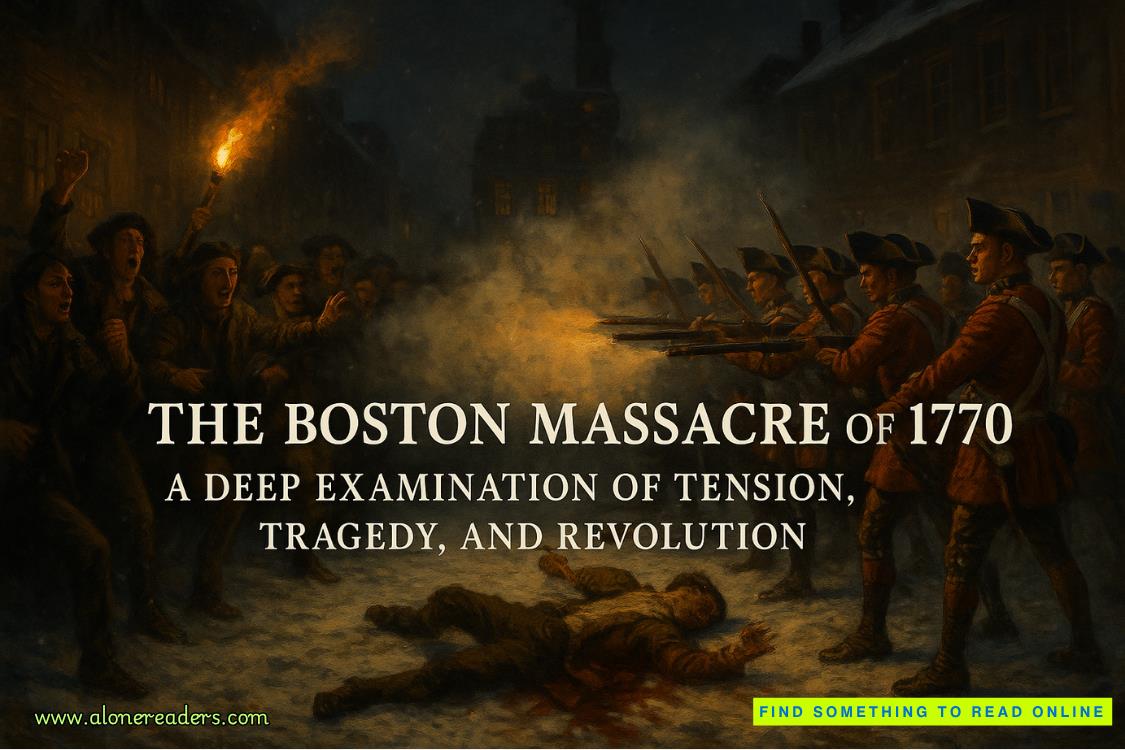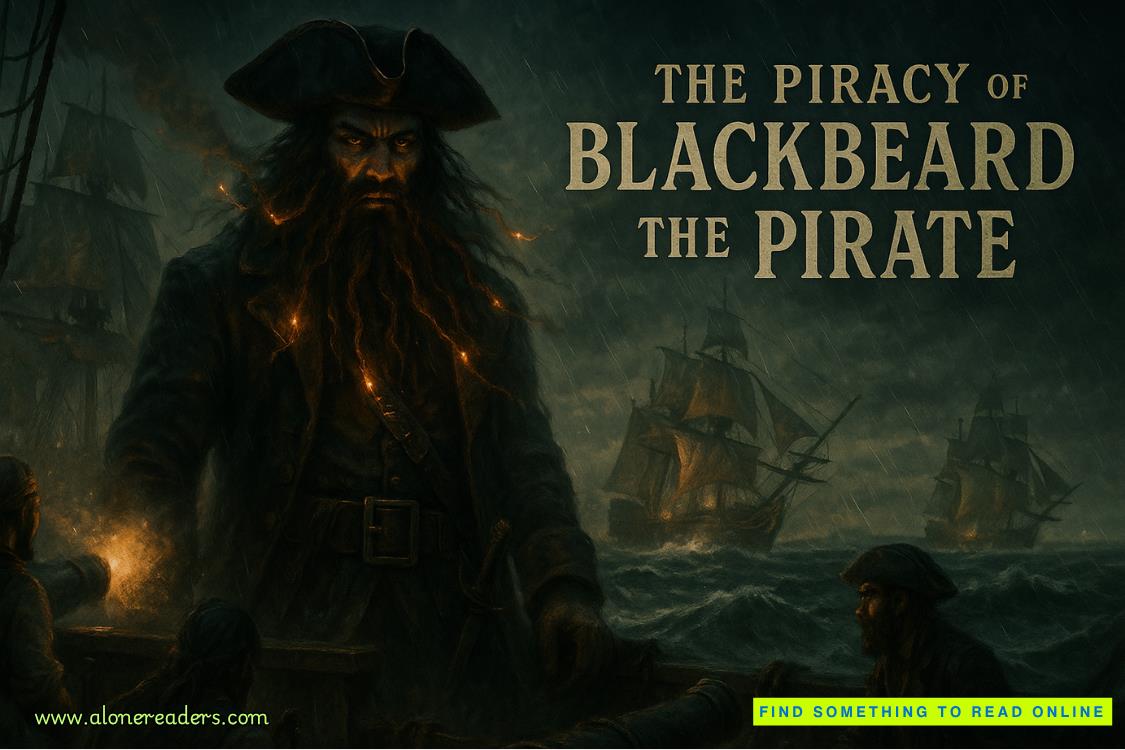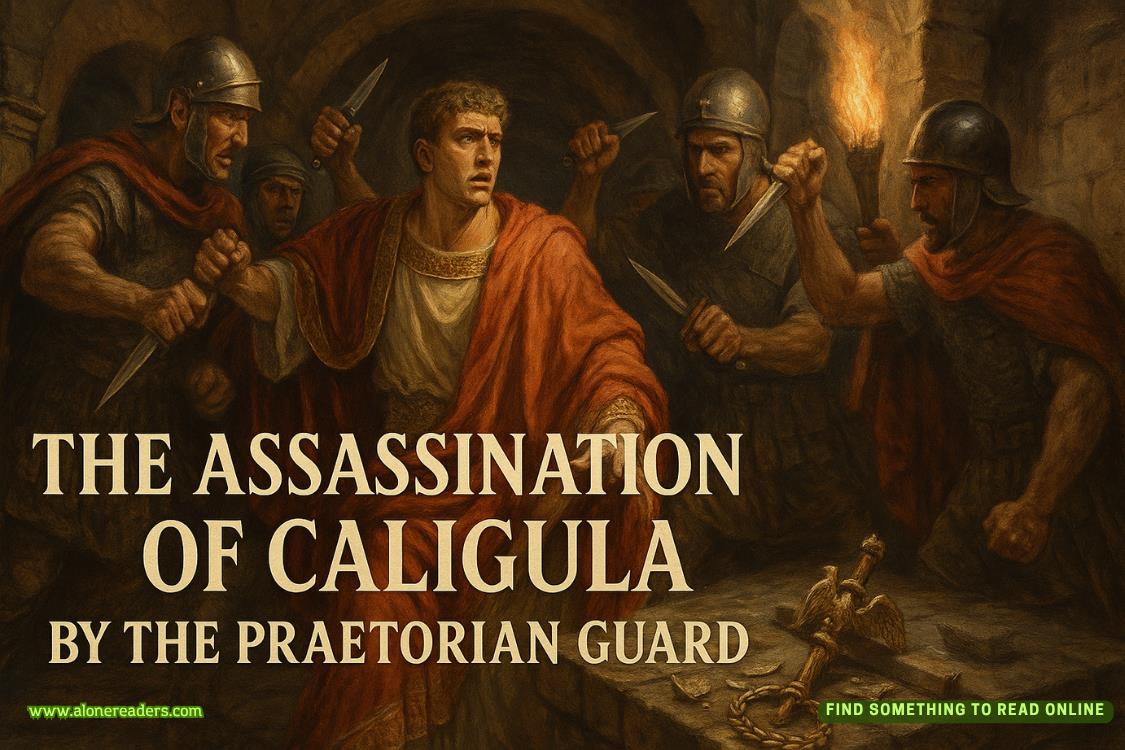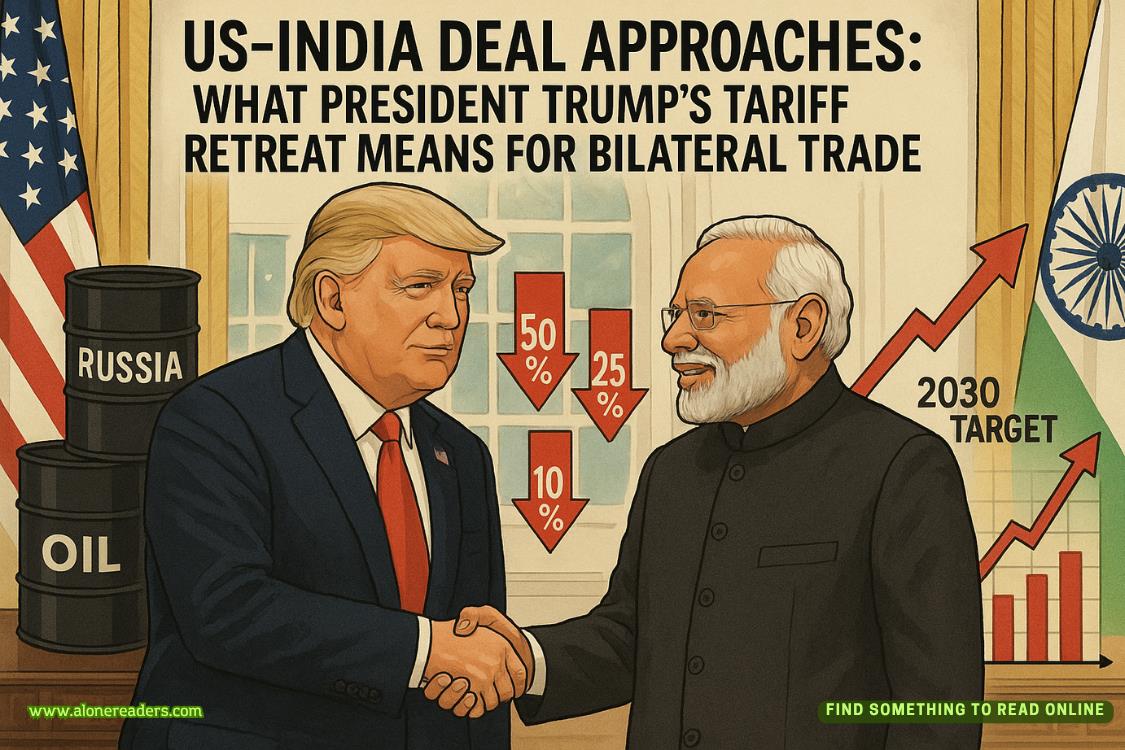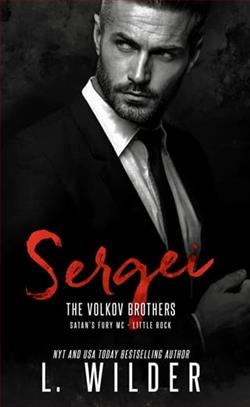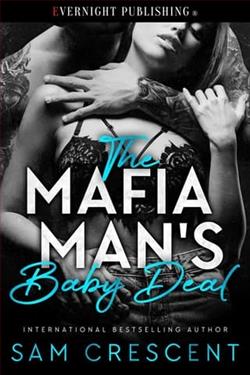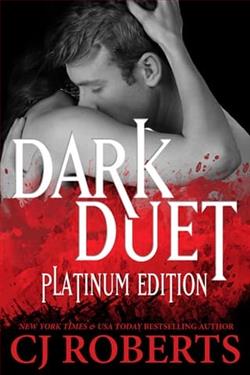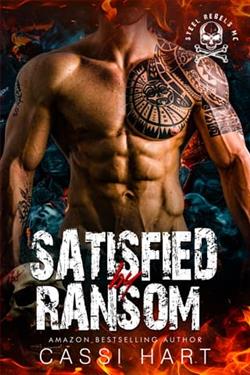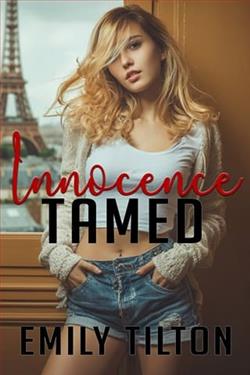Page 7 of The Founder's Power
I nod slowly. “I don’t want to hurt you again, Isabelle, but I can’t lie. Seeing you shook me too, and I don’t know what to do with that.”
Her eyes linger on mine for a moment longer than they should.
Then she stands, and my heart stutters. She’s going to walk away again.
But instead, she reaches into her bag and pulls out a folded piece of paper, an invitation to her next exhibit.
She sets it down in front of me. “If you want to know who I am now,” she says softly, “come see what I’ve made without you.”
Then she leaves, and I don’t move for a long, long time.
CHAPTER4
DAMIAN
Iaccept the invitation. Why wouldn’t I?
The gallery is in SoHo, all clean lines, white walls, tall ceilings with exposed beams. Industrial, yet softened by flickering votives on pedestals and the low hum of string music vibrating through the air. The kind of place where everything whispers, “Look closer.”
People move through the space like dancers, each one holding a glass of something expensive, murmuring words like “texture” and “tension” and “truth.” They’re dressed in that curated chaos artists love—linen blazers, gold-threaded scarves, purposeful mess—and every one of them looks like they belong here.
I don’t.
My suit feels like a mistake the moment I step inside. It’s far too severe and sharp, like I’m still trying to control everything, even now.
I came alone, and maybe I shouldn’t be here at all.
But then I see the first piece.
It’s calledResonance. Bold strokes of shadow wrapped around violent splashes of color—fuchsia, gold, and crimson—pulled apart by a single thread of white running through the center like breath in a scream. It hits me in the chest, like the air’s been knocked out of me.
She painted this since me. This is a masterpiece. I’m not an art snob by any means, but I can recognize genius.
I move on. Each piece is different. Some are moody, others radiant. Some chaotic, others so painfully delicate they look like they’d shatter if I exhaled too close. They are not safe. They are not curated. They are alive.
And somehow, they are allher.
She’s in every brushstroke.
What’s more… none of them include me.
I wander past a trio of critics, their notebooks scribbled full, as they praise the duality of her vision. One calls it “transcendent heartbreak.” Another says, “She’s not painting pain. She’s commanding it.”
I don’t want to hear their words. She’s commanding pain? As powerful as that sounds, it’s also heartbreaking.
I turn away from them. That’s when I see her.
She’s standing beneath one of the largest pieces in the room, talking to an older woman with silver-streaked hair and violet glasses. Isabelle is radiant. Not in the way I remember her. She’s no longer soft and hesitant. Now, she’s composed and confident. She’s a woman who has nothing to prove and everything to show.
She laughs at something, hand fluttering to her collarbone, and I realize I’ve forgotten how that sound felt in my bones.
She hasn’t seen me yet.
Part of me wants to leave before she does. Standing here, in the center of this world she built without me, I feel something I haven’t felt in a very long time.
Inadequate.
I built an empire, but she built something more.
